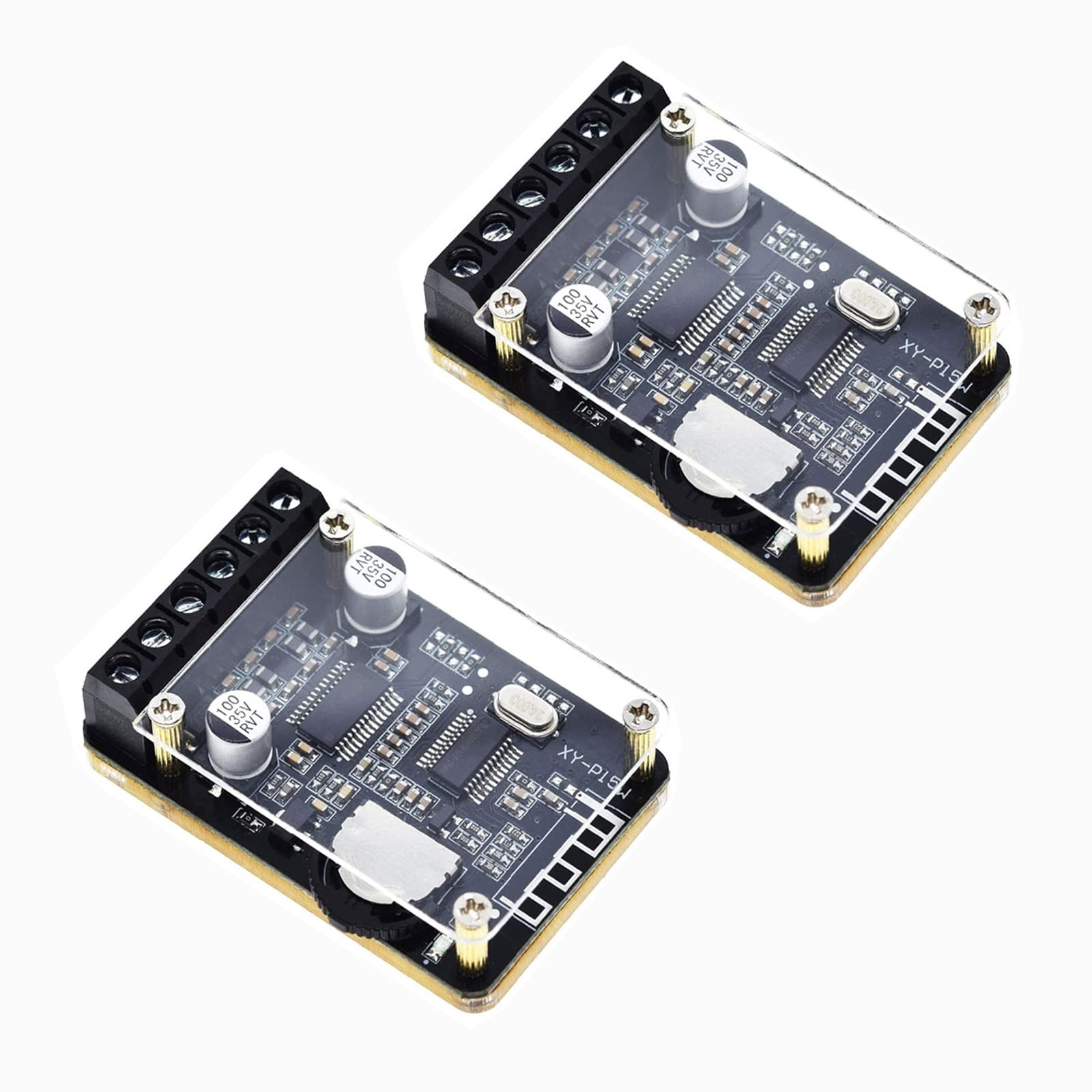In this article, I will guide you on how to disable the system beep in Windows 10.
Troubleshoot Beeping at Startup
If you are experiencing a beeping sound at startup on your Windows 10 computer, there are a few troubleshooting steps you can take to resolve the issue. First, check if the beeping is coming from the internal speaker or external speakers. If it’s from the internal speaker, you can disable it in the BIOS settings. Restart your computer and press the appropriate key (usually Del or F2) to enter the BIOS. Look for an option to disable the system beep or speaker. Save your changes and exit the BIOS.
If the beeping persists, you may need to update your device drivers, especially for your graphics card or sound card. Visit the manufacturer’s website to download and install the latest drivers. If the issue still persists, it could be a hardware problem. Check for loose connections, dust, or debris inside your computer and clean them if necessary.
Diagnose Random Beeping Sounds
| Possible Causes | Solutions |
|---|---|
| Hardware issues | 1. Check for loose connections. 2. Replace faulty hardware components. 3. Update device drivers. |
| Malware or viruses | 1. Run a full system scan using reliable antivirus software. 2. Remove any detected malware or viruses. 3. Enable Windows Defender or install a trusted antivirus program. |
| System notifications | 1. Check Windows Event Viewer for any relevant notifications. 2. Disable unnecessary system notifications. 3. Adjust notification settings to reduce alerts. |
| Third-party software conflicts | 1. Identify recently installed or updated software. 2. Uninstall or disable conflicting software. 3. Use Windows Compatibility Mode for problematic applications. |
| System sound settings | 1. Adjust system sound volume to a suitable level. 2. Mute system sounds if not required. 3. Customize sound schemes to minimize unwanted beeps. |
| Operating system glitches | 1. Update Windows 10 to the latest version. 2. Run Windows Update and install all available updates. 3. Perform a system restore to a previous stable state. |
Manage Beep Settings via Device Manager
- Access the Device Manager: Open the Start menu and search for “Device Manager,” then select it from the search results.
- Locate the “System devices” category: Expand the category by clicking on the arrow next to it.
- Find the “Beep” device: Look for a device named “Beep” or “System Speaker” within the expanded category.
- Right-click on the “Beep” device: A context menu will appear.

- Choose “Disable” from the context menu: This will disable the system beep.
- Confirm the action: If prompted for confirmation, select “Yes” or “OK” to proceed.
- Restart your computer: Restart your Windows 10 PC to apply the changes.
F.A.Q.
Why is my computer making a random beeping sound?
Your computer may be making a random beeping sound due to factors such as poor ventilation or hardware issues, such as a failing hard drive or RAM.
How do I stop Windows 10 from beeping?
To stop Windows 10 from beeping, right-click on the volume icon in the system tray, select Sound, go to the Sounds tab in the Sound dialog, scroll down to Default Beep under Program Events, and choose to disable it.
How do I fix a beeping sound on my computer?
To fix a beeping sound on your computer, you can start by checking the power source and cable, the display and monitor cable, beep codes, BIOS settings, Safe Mode, non-essential devices, and loose components.

